
Mix Masters: David Wrench’s XX Vocal Effects
David Wrench’s XX Vocal Effects.

Artist: The xx
Album: Say Something Loving
The xx have always looked and sounded as if you’ll scare them off if you get a little too close. They like their space, it seems, and it’s reflected in their mostly spare and intimate music. Keeping with this close-to-the-chest mode, the band’s first two albums were in-house jobs. Recorded, produced and mixed by the band’s reserved beatmaker Jamie Smith (aka Jamie xx) and XL Recordings’ in-house engineer Rodaidh McDonald. Early on, the introverted collective apparently disliked the treatment of their sound at the hands of other producers, preferring to rely on Jamie’s now-undeniable production sensibilities. It was a good move. The band captured attention in large part due to their unique whisper-y aesthetic.
Then a change occurred. Jamie xx released his solo album, In Colours [see Issue 110 for our feature with Jamie], and not only was it kaleidoscopic by comparison with The xx’s releases, he also involved mix engineer Tom Elmhirst in the process. The response to the record apparently stimulated the group to open themselves up in two new ways; musically, and with the people they let work on their record.
I See You is a sophisticated piece of work with a very focused and singular artistic vision, even though it took two years to make with sessions in New York, Los Angeles, Texas, Reykjavik, and RAK Studios in London. On it, the band expand on the introverted, minimalist, atmospheric palette of their first two albums. Jamie xx’s broad production — which mixes Drake and medieval singing samples with influences from trap, house, electronic music, shoegaze and rock — wonderfully frames the full-bodied, silken lead vocals of guitarist Romy Madley Croft and bassist Olivier Sim.
On the personnel side, The xx added cellist Peter Gregson and Laurie Anderson on viola. Australian drummer Stella Mozgawa, from the band Warpaint, plays on Say Something Loving. Hal Ritson, known for his work with Dizzee Rascal and Katy Perry, also heavily treated some saxophone and trumpet recordings that are used to dramatic effect on the opener Dangerous.
However, the main new contributor who added his touch to the record was British mix engineer David Wrench. Perhaps it was Elmhirst’s impression on Jamie that pushed The xx to use a mix engineer outside their fold. Whatever caused the shift, it’s worked.
The glacial soundscapes and chilled atmosphere of I See You sound fantastic, and far superior to The xx’s previous two albums. There’s a smoothness, depth and grandeur to the sound image — full of panoramic reverbs and subtle delays — that’s quite stunning. It greatly enhances the melancholic and romantic moods of many of the songs, and gives the album a rare stature and authority.
TWO YEARS ON
Wrench’s striking face and long, white hair graced our cover of Issue 106. In the 2014 feature he talked about his mixes of FKA Twigs, Jungle, and Caribou. At the time, Wrench was based in Wales and travelled to Strongroom Studios in London if clients wanted to be present at his mixes. Since AT last spoke with Wrench he’s been exceptionally busy, mixing albums by Hot Chip, Beth Orton, Glass Animals, Bloc Party, Bombino, and many others. These days, he works out of his own studio in London.
“I needed to be around people,” explained Wrench, “and it’s easier for people to come here when I’m finishing stuff off. I also ran out of space in Wales with all the gear I was getting. I still mix in the box, but I have a lot of outboard and synths, and a 1/2-inch tape machine. My monitors are Neumann KH310As with the Neumann sub, a pair of Unity Audio The Rock speakers, and I still use the Pure radio quite a bit. I have a laptop with a Pro Tools native HD box and an Apogee Symphony I/O, which seems to work. I now mix at my place most of the time, because I know the sound in here. It can take a couple of days before I get used to the sound of another studio.”
Despite Wrench’s preference for his own studio, he mixed all of I See You at RAK Studio 3 in London because it provided continuity for the band who had finished recording the album there. “It also meant it was much easier for the entire band to be present while I was mixing,” continued Wrench. “I mixed the album over three weeks during July 2015. In total I mixed 14 or 15 tracks, so it took about one and a half days per track on average. I’d get the mix for each song up to a certain stage, and then Jamie would come in and listen, we’d talk about it, and I’d work with his comments. By the end of the day Romy and Oli would also come in and give their feedback and I’d work that in. Sometimes Rodaidh [‘Roddy’] came in as well.”
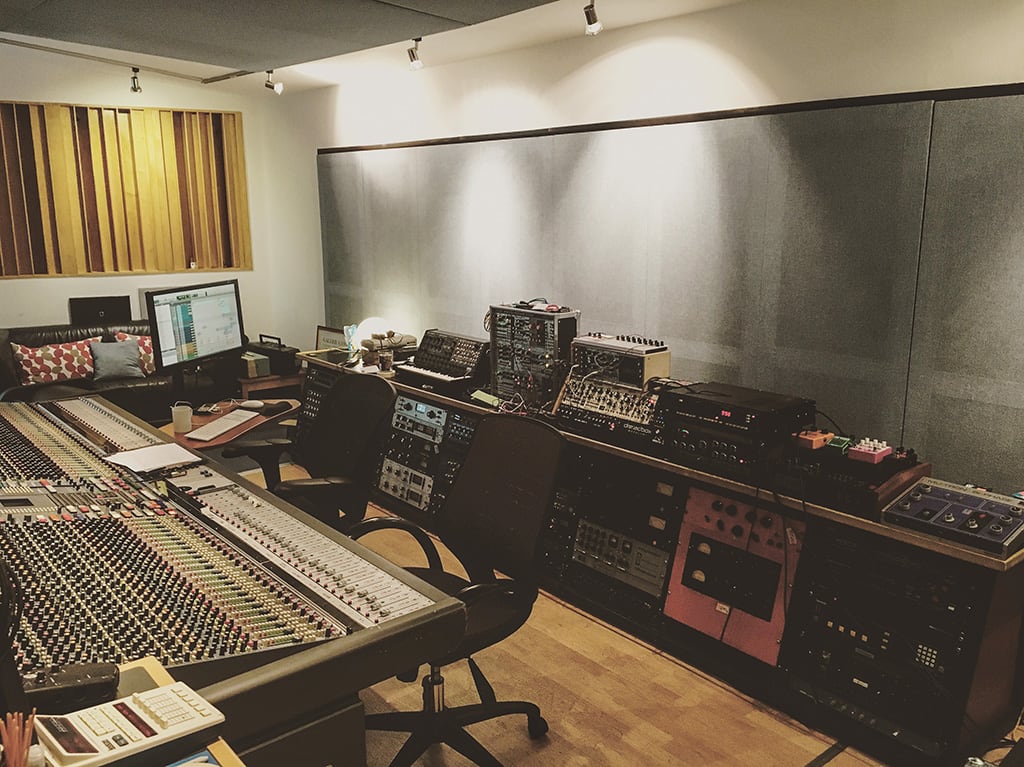
ALBUM TIES
According to Wrench, he wasn’t presented with some grand vision for his mixes before he set to work. Instead, he recalls, “my main brief was to make it sound and feel like a record. They had been working on it for a long time, on and off, so the tracks sounded a bit different from each other and needed pulling together. Getting the bass end really tight and solid was important, but my main focus was on getting the vocals to sound great and really upfront. The album needed to sound interesting and have its own identity, but at the same time it needed to work in America and when played on the radio. For that I really had to bring out the vocals. In the end I used a trick on the vocals that worked on the entire record.”
We’ll get to the details of Wrench’s vocal ‘trick’ further on; for now it should be noted that it involved some choice pieces of outboard.
Despite Wrench primarily working in the box these days, outboard played a substantial part in finessing the sound of I See You — even RAK Studio 3’s vintage 60-channel Neve VRP Legend console saw some action.
“The outboard I used during the mixing of the album were things like the Eventide H949, Roland SDD 320 Dimension D chorus, AMS RMS16, Mutron BiPhase, a Japanese spring reverb, the studio’s real EMT 140 plate reverb, and the Roland RE-201 Space Echo and Binson Echorec EC3 for delays,” said Wrench. “All these outboard units modulate and add a bit of randomness, which brings life to the music. By comparison, plug-ins are very predictable. I used similar effects from these outboard units on all songs, just with slightly different settings on each song.”
Wrench’s mix process started before he even heard a track. The first step was for Jamie xx or McDonald to export stems from their Logic sessions, which Wrench’s assistant, Marta Salogni, imported into Pro Tools. “She sat in another room at RAK,” said Wrench, “and prepped these sessions for me; cleaning up all the tracks, taking out any clicks, and making sure the combined stems matched the rough mix I was given for each track. She gave me Pro Tools sessions that were laid out exactly the way I want them, ready for me to mix.
“I would then spend an hour or two on getting a very quick balance before going into detail. I work with mouse and keyboard and I use a lot of volume automation. I go through the session track by track, balance the volume of each, and put a little bit of basic EQ on everything. Because we had the EMT 140 plate plugged in I’d also start routing stuff out to that. I had all the outboard permanently wired into the soundcard, and brought it up on aux tracks in the Pro Tools session. I would then print the outboard into Pro Tools so those tracks are permanently in the session.”
All these outboard units modulate and add a bit of randomness, which brings life to the music. By comparison, plug-ins are very predictable



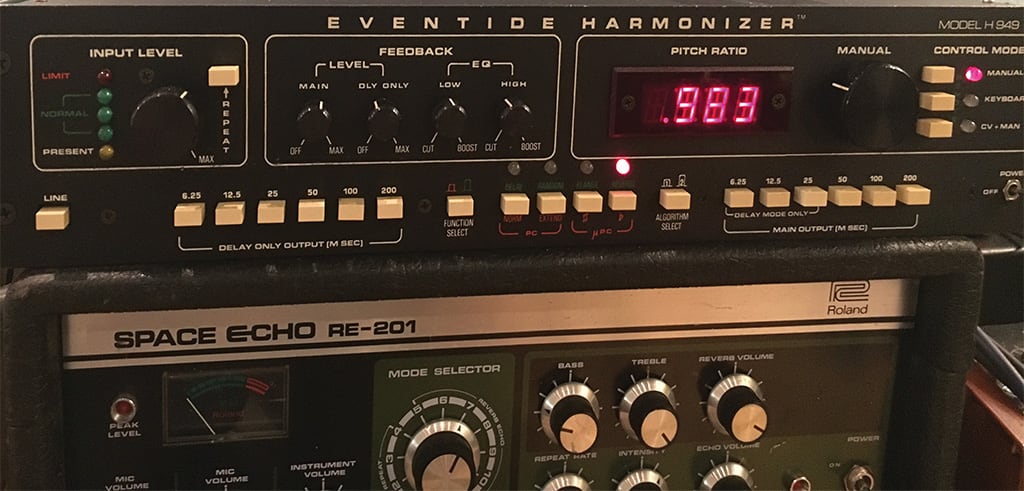


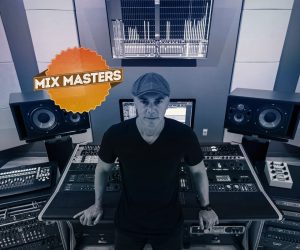

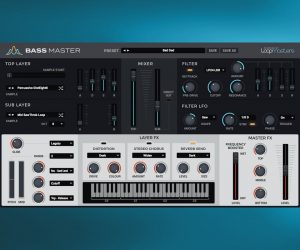






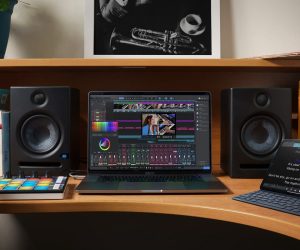

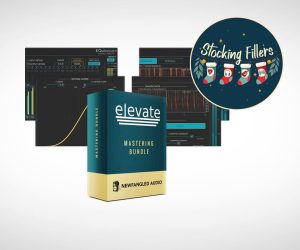


RESPONSES